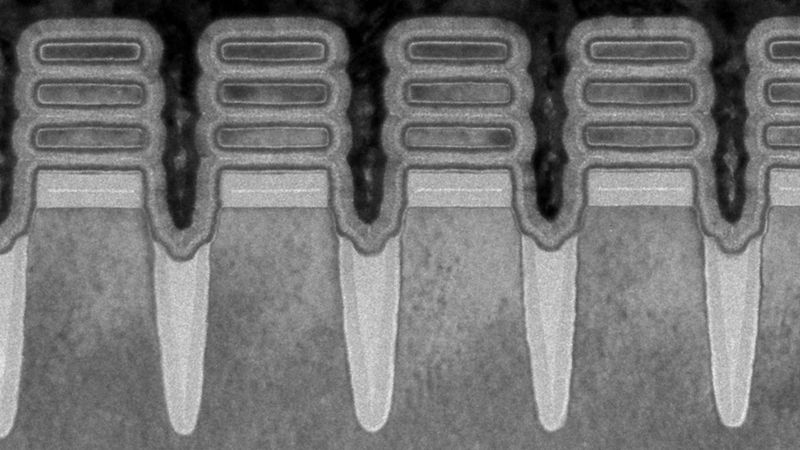What are nanometers and why are they so important for processors? Scott Lang is trapped and comes up with a way to escape. Suddenly he dons his Ant-Man suit, places a Pym particle in his belt, and presses the button that makes him shrink like there’s no tomorrow. There is a moment when he is so small that his size can only be measured in nanometers and although he continues, we will stop there. No speculation or fantasy, no quantum world or time travel.
Because nanometers are just that, a unit of measurement, and its name has long been important in describing the performance of processors, whether mobile or desktop. And although it may sound strange, smaller, in this case, equals better, although there are always nuances. Let’s take a look at what exactly nanometers are and how they affect processor performance.
What do we mean when we talk about nanometers?

The nanometer race is one of the most important races taking place in the world of processors in addition to others such as artificial intelligence or clock frequency. The latest generation of mobile chips, for example, is built using five-nanometer processes, and everything points to the fact that at the end of this year we will take a new step forward, going down a new rung to four nanometers.
When we talk about nanometers in a processor, we are referring to the size of its smallest components, the transistors that make up the vast majority of its surface. To make them smaller and smaller, it is increasingly necessary to develop machines that are capable of carrying out the process, and at the same time to develop techniques that avoid the logical problems of having components of this size.
A nanometer is one-billionth of a meter, a 10 raised to -9, to give us an idea. To be aware of its size, one millimeter contains one million nanometers. That’s how tiny a nanometer is. That means that the latest transistors manufactured for, for example, the Snapdragon 888 or the Apple A14 Bionic, measure 5 times that size. In other words, they are 200,000 times smaller than a millimeter. That’s an outrageous amount.
Manufacturing such small components not only requires increasingly advanced machinery but also means that we are faced with problems such as the fact that a helium atom measures 0.1 nanometers in size. So one transistor in the Snapdragon 888 measures the equivalent of 50 helium atoms. That’s quite a lot. And the number keeps going down generation after generation until we have no choice but to resort to quantum computing.
This is how a processor works, roughly speaking

Without going into excessively technical matters that only a few would understand (and I would not be among them), a processor is a complex network of transistors linked in such a way that they are capable of executing highly complex mathematical operations. Electricity runs through the surface of the processor and problems are executed at full speed, because electricity is the mother of the whole thing.
All this is much more complex because in the processor there are memories to store data, control units that coordinate each component, and the famous internal clock that determines the GHz of the processor (each hertz is an activation of the processor per second, a gigahertz is a billion activations per second). But in a nutshell, this is how it works and how it is built.
We talk about binary code in a multitude of technological instances, and this is also the case in the world of processors. Electricity runs through the transistors executing the operations and when the light passes through one, it turns on and we have a one, and when it doesn’t, it turns off and we have a zero. And so, between zeros and ones, the processor carries out each of its operations.
Understanding this is key to understanding the importance of nanometers because the smaller the transistor, the faster the energy will pass through it and, therefore, the faster it will solve the equations posed by the algorithm we are trying to run on it. So we already have the first of the keys, by reducing the transistors we also reduce the distance that light travels while the processor works. Then we increase the processing power of the processor, and we also take advantage of this to reduce the power consumption.
On the other hand, manufacturing smaller and smaller transistors means that they take up less space and, therefore, we can fit more transistors in the same area, or we can keep the same number of transistors but the processor becomes smaller. Although the latter practically never happens, and every nanometer lost in manufacturing increases the density of each processor. So we already have the second key: smaller transistors equal more transistors per processor, and a greater capacity to solve equations. In other words, more power again.
So we conclude that reducing the size of transistors thanks to a new manufacturing technology makes it possible to increase their raw power. Then there are a thousand and one other factors that decide what is done with this increase in power and we find ourselves with more or less efficient chips in terms of energy or code execution, but the summary comes to that: the smaller, the more powerful. The world upside down.





